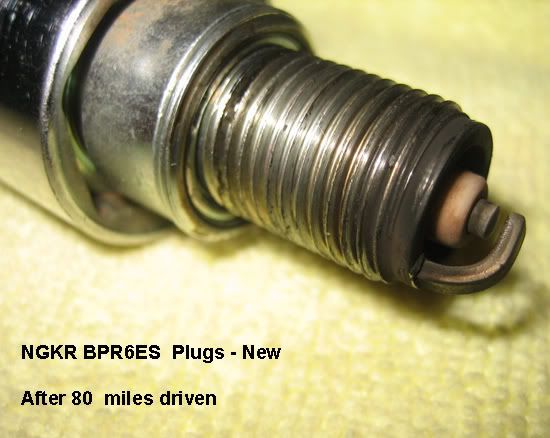T
Tinster
Guest
Guest
Offline
I'm still trying to get my car streetable.
Multi part question:
Do distributors fail suddenly and leave you stranded?
Or do distributors fail gradually and give you warning?
Is there a diagnostic procedure to test the viability
of a distributor? How can I determine if my distributor
needs to be rebuilt?
Do bad distributors burn up condensor cans?
thanks,
dale
Multi part question:
Do distributors fail suddenly and leave you stranded?
Or do distributors fail gradually and give you warning?
Is there a diagnostic procedure to test the viability
of a distributor? How can I determine if my distributor
needs to be rebuilt?
Do bad distributors burn up condensor cans?
thanks,
dale

 Hi Guest!
Hi Guest!

 smilie in place of the real @
smilie in place of the real @
 Pretty Please - add it to our Events forum(s) and add to the calendar! >>
Pretty Please - add it to our Events forum(s) and add to the calendar! >> 






